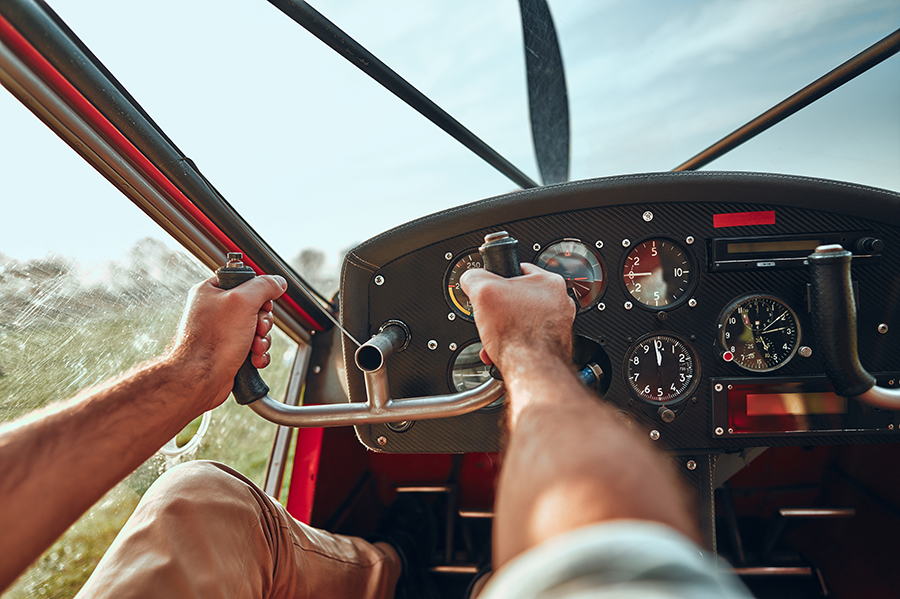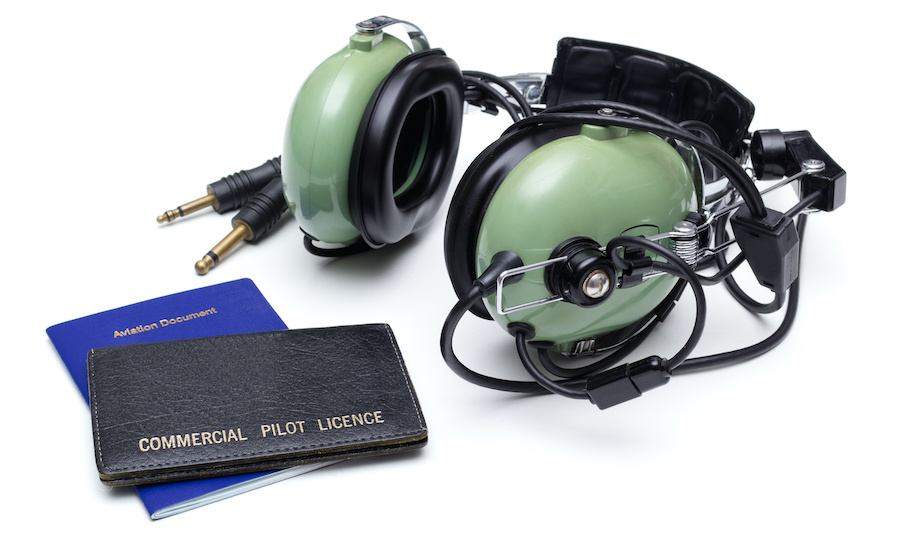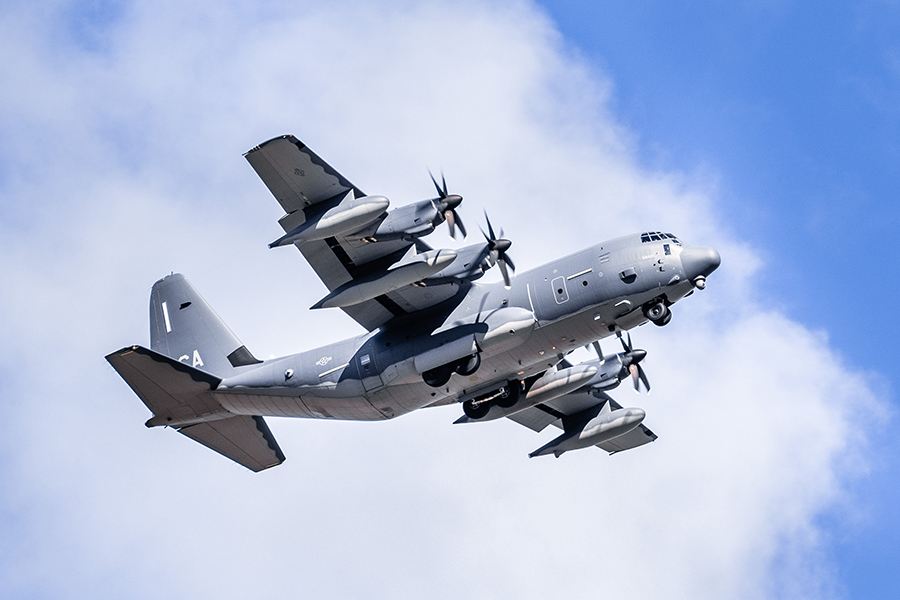For most people, the private pilot checkride is an understandably nerve-racking experience. Passing the private pilot check ride officially awards you the title of pilot and ushers you into a community of aviators with a rich history.
But what should you do to prepare for your private pilot checkride? This article will discuss everything you need to know before your checkride, allowing you to reduce your stress level to a minimum.
The Process
To prepare for your checkride, you will need to know what will occur on that momentous day. The checkride consists of two primary parts:
- The oral exam before your flight.
- The flight itself.
If you do not pass your checkride on your first try, you are allowed to try again – this is not your only chance.
The examination will be performed by an FAA Designated Pilot Examiner (DPE). A DPE is an experienced flight instructor approved explicitly for these examinations.
The DPE that will perform your checkride does not have any malicious intent, and they are not incentivized to fail you, but they do have a serious responsibility. When the DPE assesses you as competent, they are not only giving you the responsibility of flying yourself but also the ability to carry passengers.
Finding a DPE is relatively straightforward. Most flight schools have a preferred DPE with which they have built a relationship. You could also find a DPE by searching online or asking other pilots if they have any suggestions.
The Practical Test Standards
While you may not know precisely what the DPE will ask you, you do know the range of questions and maneuvers the DPE can ask of you. The FAA’s Practical Test Standards (PTS) outline the content of the oral exam and the maneuvers you should be able to execute, as well as a checklist of items you will need to bring to the checkride.
The PTS provides not only an outline of what can be asked during the checkride but also a range of parameters you must maintain to pass. For example, you must maintain within 100 feet of your assigned altitude during a steep turn.
Think of the PTS as a guidebook to your checkride. If you follow it closely, you should have no surprises!
The Paperwork
After the greetings and introductions, the first stage of your checkride will consist of the DPE checking paperwork. Preparing your paperwork ahead of time allows you to focus and prepare for your oral and flight exam.
The documents you will need to prepare for your checkride are the following:
- A printed copy of your Integrated Airman Certification and Rating Application (IACRA), also known as the 8710, is signed by your instructor. This will serve as a backup in case the application cannot be submitted online.
- Your government ID.
- Your medical certificate.
- Your pilot certification.
- Your logbook.
- A printed copy of your FAA written exam, with an endorsement from your instructor verifying that you have reviewed the incorrect answers (known as deficiencies).
- The aircraft’s maintenance logbook.
- A current version of the FAR/AIM and any charts you may need (electronic copies are appropriate).
It is essential that you double-check your expiration dates and make sure your addresses and names match. Even slight discrepancies, such as a missing initial or middle name, will cause your application to be rejected.
It is also advisable that you neatly file these documents in a binder. This will make the DPE’s job of checking the documents more straightforward and sets a good tone for your checkride.
Approximately the first half-hour of your checkride will be spent checking these documents, so take the time beforehand to ensure they are correct and any inconsistencies are addressed.
If you’re undergoing the checkride with an independent DPE, they may also want to collect their fee before commencing with the checkride. Avoid an awkward conversation by asking your instructor what the payment process will be for the DPE you will fly with.
The Oral Exam
After the paperwork has been checked, it is time to go through the oral exam. The private pilot oral exam usually lasts between one and a half and two hours.
The Practical Test Standards outline everything you need to know for the oral exam, so there should be no surprises. During the oral exam, you will plan a short cross-country flight, and the DPE will ask you questions as you progress with the planning. The DPE may also give you scenarios that you will discuss to test your Aeronautical Decision Making (ADM) skills. Make sure you have the latest weather and NOTAM information at hand for the exam.
The DPE doesn’t expect you to know every regulation under the sun and answer every question correctly. Be honest if you do not know the answer to a question, but don’t be afraid to answer the question to the best of your ability.
Furthermore, the oral exam is an “open-book”’ exam, so bookmark important information and know where and how to find it. Your ability to find information is more valuable than your ability to memorize it. Use the oral exam as a learning opportunity, and don’t be afraid of making mistakes.
The Flight
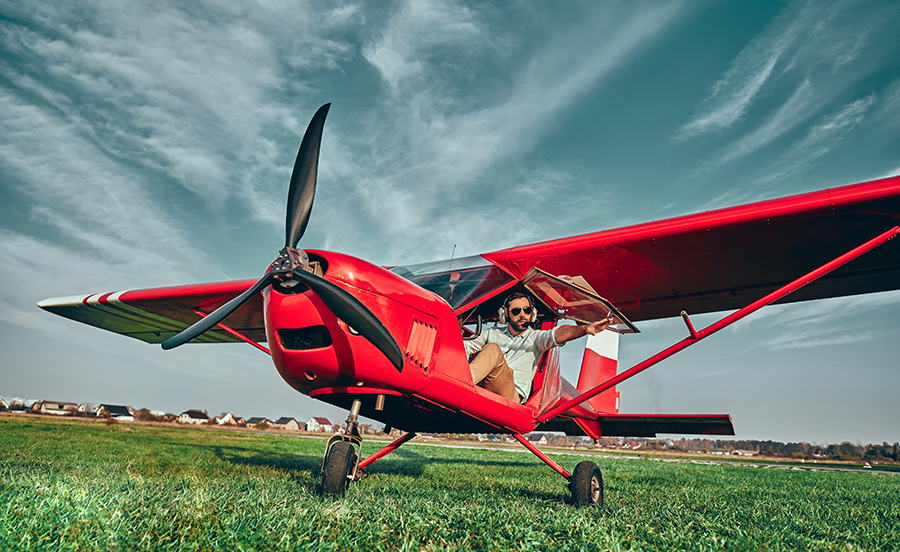
Once the oral exam has been finished, it’s time to fly the aircraft. You will play the role of “pilot in command” while the DPE is the “passenger.”
The initial part of the checkride will be the first part of the cross-country you planned during the oral exam. Once the DPE is satisfied with your cross-country skills, you will begin performing different flight maneuvers before returning to the airport to conduct take-offs and landings. The DPE may provide you with a range of emergency scenarios during this entire flight.
The Airplane Airman Certification Standard (ACS) details the required standards for each maneuver, so there should be no ambiguity regarding how well you should perform. That being said, every DPE has areas that they lean towards during the checkride. If you get the chance, ask the DPE if there are any topics or flight maneuvers they would like to emphasize.
It is important to remember that the DPE is not out to catch you. If the DPE remains silent, it is not because they disapprove. A quiet DPE is usually a sign of a DPE who doesn’t have much to say about your performance. If the DPE is not satisfied with a maneuver, they will tell you. Relax and fly the aircraft. Chatting with the DPE will happen on the ground after your checkride over a beer.
Tips for Passing Your Checkride
Now that you have a good idea of what to expect during your checkride, here are some tips to keep in mind for your checkride.
Take a Practice Checkride
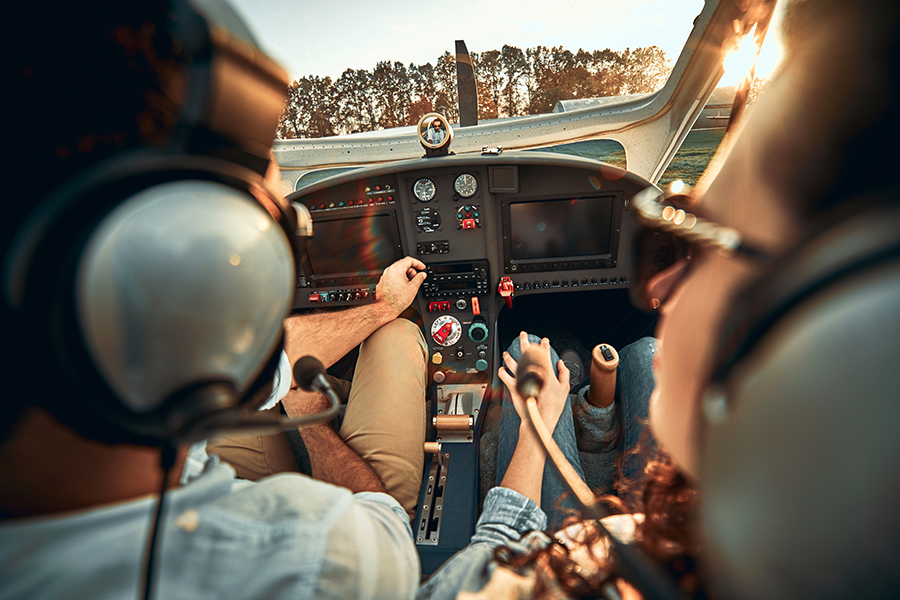
The Certified Flight Instructor (CFI) that has been performing your training up to this point will recommend you for the private pilot checkride, but a great way to calm your nerves before your actual checkride is to go through a practice checkride.
This exercise will give you the experience of being evaluated, in contrast to the traditional instruction you have received up to this point.
You can go through this checkride with your CFI, but you may receive more benefits if you go through this checkride with a different instructor.
Fly Your Chair
“Chair flying” is the process of mentally visualizing a flight and simultaneously performing the associated procedures.
Chair flying is a cost-effective way of practicing procedures and mentally preparing for a flight. By practicing procedures on the ground, you will be more comfortable when performing them in real life.
Become Comfortable with Your Test Airport
If the airport where you will be performing your checkride is not an airport that you are comfortable with, consider flying to that airport with the objective of becoming familiar with its layout and procedures.
Use a Home Flight Simulator
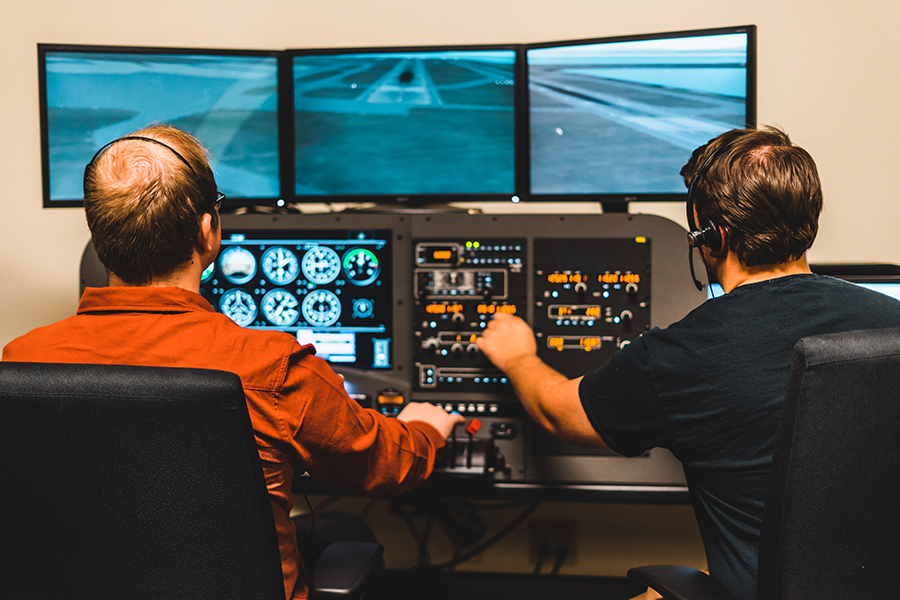
Using a home flight simulator can be a great and inexpensive way of practicing for your checkride. While a flight simulator may not give you the feeling that the actual aircraft will, it remains an excellent way to practice and visualize procedures and maneuvers.
Take your Time
The fastest road to failing a checkride is to rush. Take your time during the oral exam, and think about the questions. In the airplane, and particularly during simulated emergencies, take your time when executing procedures.
Slow is smooth, smooth is fast.
Pass or Fail?
If you’ve passed your checkride, it’s likely that the DPE will only let you know on the ground during the debrief.
If you commit an error that constitutes a fail, the DPE will let you know. They will then ask you if you’d like to continue with the checkride or end it there. If you fail, you will undergo additional training with your instructor and then reapply for the checkride.
Conclusion
The day of your checkride is exciting, and you will be nervous, but proper preparation can calm most of those nerves. Take a deep breath, and get that certificate!
